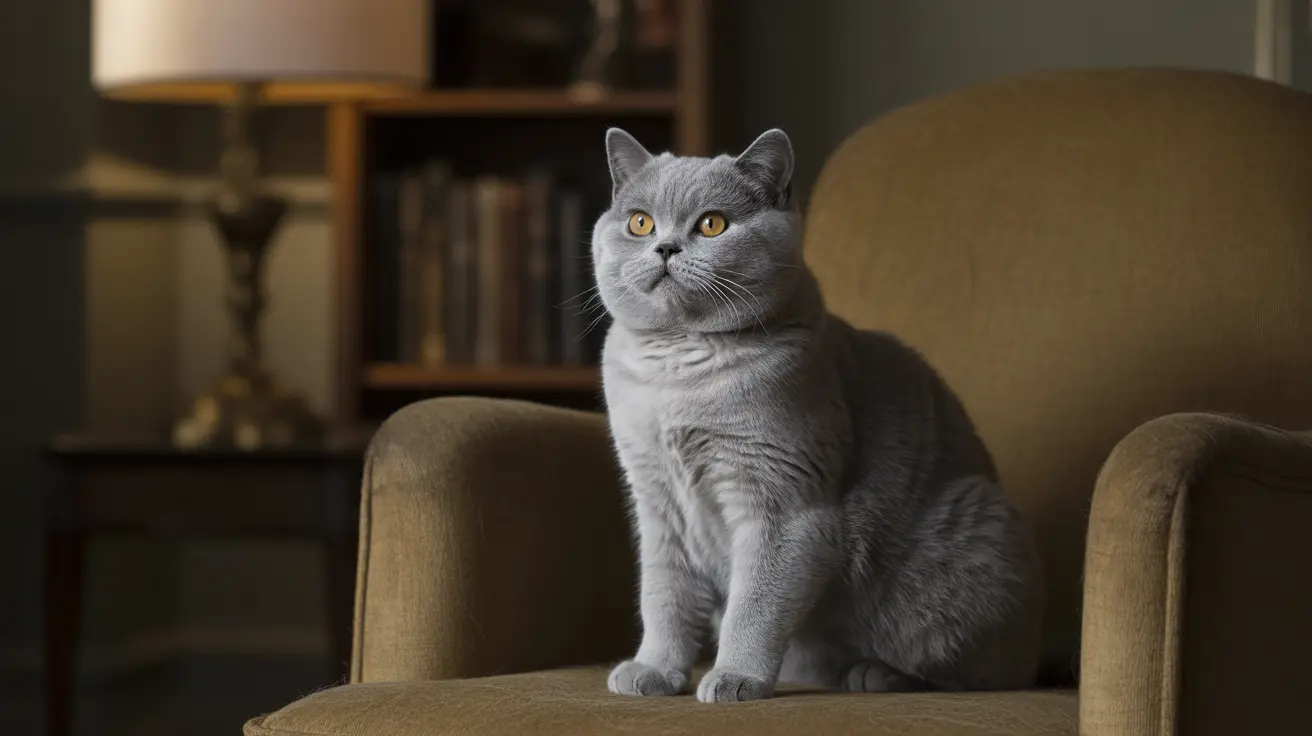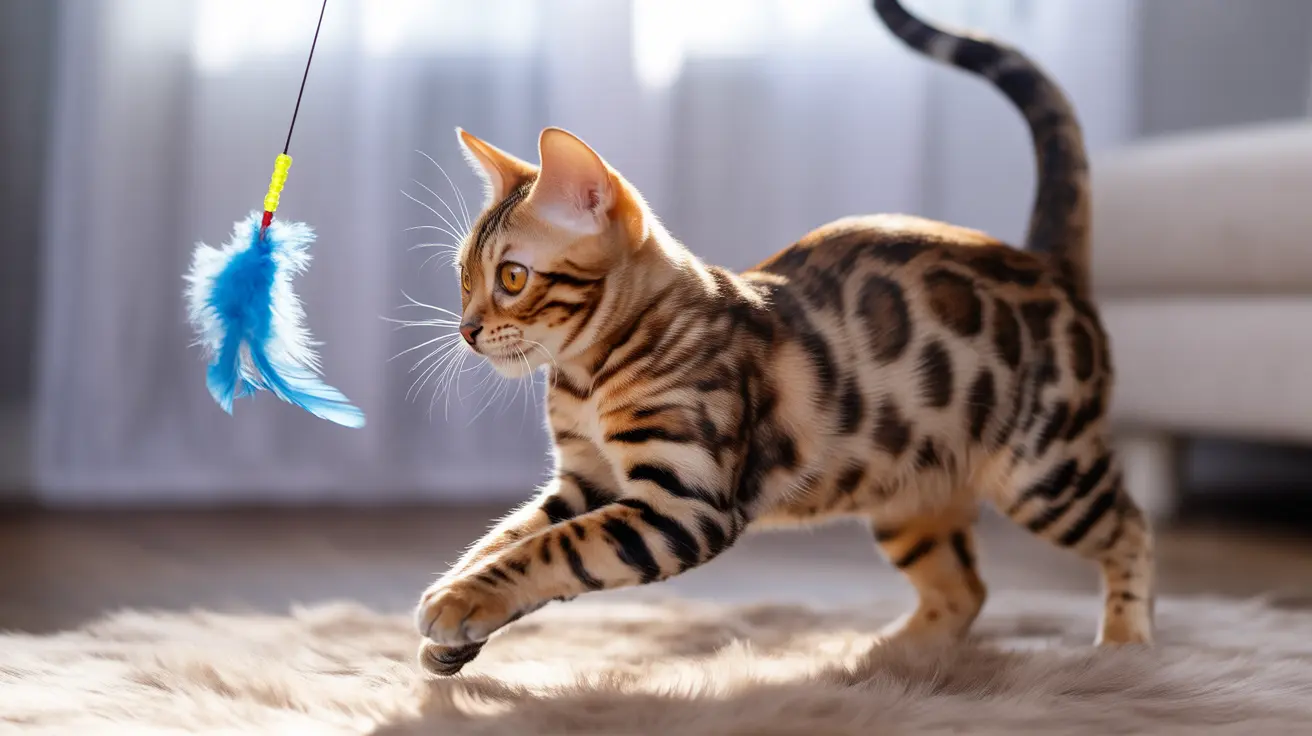Ever wondered why your cat can navigate perfectly in dim light while you stumble around? The answer lies in the fascinating differences between cat eyes and human eyes. These distinct visual systems have evolved to serve different purposes, with cats specialized for hunting and humans adapted for daytime activities.
In this comprehensive guide, we'll explore the unique features that make cat vision remarkable and how it differs from human eyesight. From night vision capabilities to color perception, you'll discover why cats see the world differently than we do.
The Fundamental Structure: Cat Eyes vs Human Eyes
While both cats and humans share basic eye components like the cornea, lens, and retina, several key anatomical differences set them apart. Cats possess specialized features that enhance their hunting abilities and low-light vision:
- Vertical slit pupils that can expand dramatically
- A reflective tapetum lucidum layer
- A protective third eyelid (nictitating membrane)
- Larger corneas and lenses relative to eye size
Superior Night Vision Capabilities
Cats are true masters of low-light vision, able to see in conditions six times darker than what humans require. This remarkable ability stems from several adaptations:
The tapetum lucidum, a reflective layer behind the retina, bounces light back through the eye for a second chance at detection. This creates the distinctive eye shine we see in cats at night and dramatically improves their night vision capabilities.
Field of Vision and Motion Detection
Cats enjoy a wider field of vision than humans, spanning approximately 200 degrees compared to our 180 degrees. This expanded peripheral vision serves crucial survival functions:
- Better detection of potential threats
- Enhanced tracking of moving prey
- Improved spatial awareness during hunting
Color Perception and Visual Acuity
While cats can see colors, their perception differs significantly from humans. They are considered dichromats, similar to humans with color blindness:
- Blues and greens appear most vivid
- Reds and pinks appear muted or grayish
- Overall color perception is less vibrant than human vision
In terms of visual acuity, humans have the advantage. A cat's vision is roughly equivalent to 20/100 or 20/200 human vision, meaning they see objects less clearly at a distance.
Hunting Adaptations and Movement Detection
Cat eyes are optimized for hunting, with specialized features that enhance their predatory success:
- Enhanced motion detection in low light
- Superior depth perception for accurate pouncing
- Rapid pupil adjustment for varying light conditions
- Excellent peripheral vision for tracking prey
Frequently Asked Questions
How do cats see in low light compared to humans, and what makes their night vision superior?
Cats see in low light thanks to their tapetum lucidum, larger corneas, and higher concentration of rod cells. These features allow them to utilize available light more efficiently, enabling vision in conditions six times darker than what humans need.
What are the key differences in eye structure between cats and humans, and how do these impact their vision?
The main structural differences include vertical pupils, the tapetum lucidum, and a third eyelid in cats. These features enhance their night vision, depth perception, and eye protection, while humans' round pupils and higher cone density optimize daylight vision.
How do my cat's vertical pupils help with depth perception and hunting?
Vertical pupils allow precise control over light entry and help cats judge distances accurately, especially in low light. This adaptation is crucial for successful hunting and precise movements when pouncing on prey.
What colors can cats see best, and how does this affect their interaction with toys?
Cats see blues and greens most clearly, while reds appear muted. When choosing toys, opt for those in blue or green tones for better visibility and engagement during play.
Can cats see as clearly or as far away as humans, and what are the implications for their daily activities?
Cats have lower visual acuity than humans, with vision roughly equivalent to 20/100 or 20/200 human vision. This means they rely more on motion detection and close-range vision for daily activities, particularly during hunting.
Understanding these differences between cat and human vision helps us better appreciate our feline friends' unique abilities and limitations. While they may not see the world exactly as we do, their specialized vision perfectly suits their natural behaviors and hunting instincts.






